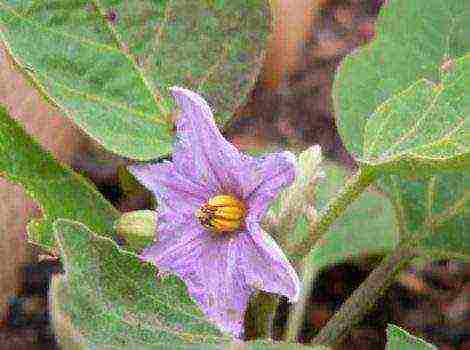Content
5 ways to deacidify the soil in the garden
Sour soil in the garden is a problem faced by many owners of private houses and summer cottages. Since this is a favorite breeding place for weeds exclusively, neutral and slightly acidic soils are best for cultivated plants. But you shouldn't be sad in vain. Conventional liming will deacidify the land for several years. And how to do this with folk remedies, we will talk further in our article.
The required pH level in the garden
There is a division into acidic, neutral and alkaline soils. The degree of acidity is determined by the pH icon:
- very acidic - pH 3.8-4.0;
- strongly acidic - pH 4.1-4.5;
- moderately acidic - pH 4.6-5.0;
- slightly acidic - pH 5.1-5.5;
- neutral - pH 5.6-6.9.
It is recommended to liming the soil after lowering the pH level of 5.5.
What to do with high acidity
Soil deacidification or liming is the only way to lower the acidity of the soil to the desired level. In this case, it is important to make compositions that contain lime.
This technique will reduce the acid balance of the land plot for several years. If the soil is heavier, this will last longer, if the soil is light - less. Practice shows that in peat areas, deoxidation is carried out once every three years, on sandy ones - once every five years, and on loamy ones - once every seven years. Moreover, with an increase in the content of humus in the soil, it is possible to increase the content of lime.
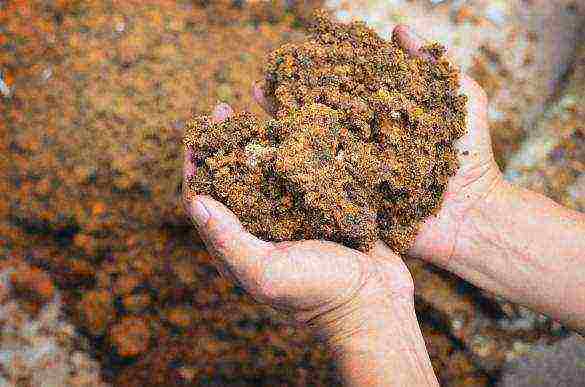
Liming the land
Experts advise liming the earth in several passes.
When developing a garden or in the process of deep digging, once a couple of years, you need to add the bulk of the lime in the form of fluff, slaked lime or chalk. Then the procedure is repeated every year, but the concentration of the compounds will be much less.
When the acidity of the garden is uneven, liming of the soil can be done zonal - only for those crops that need normal acidity very much. Most often these are nightshades. If the crop rotation is observed, the entire land plot will have to be cultivated.
Any composition for liming is scattered as evenly as possible over the site, and then it is dug in such a way that the substance is at a depth of 0.2 m from the surface. Moreover, the more uniform the deoxidation means, the better.
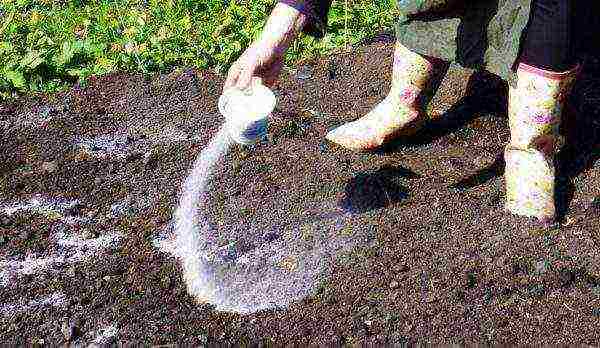
The use of slaked lime on acidic soil
Slaked lime is considered an excellent deoxidizer. Quicklime is not suitable in this situation. Before applying lime treatment, it is extremely important to extinguish it with water. In this case, the amount of lime will depend on the level of acidity of the soil in the garden. So:
- for very acidic soil, 50-70 kg of fluff will be required per one hundred square meters of land;
- for medium acid soil - 40-45 kg;
- a weakly acidic area needs 20-25 kg of composition.
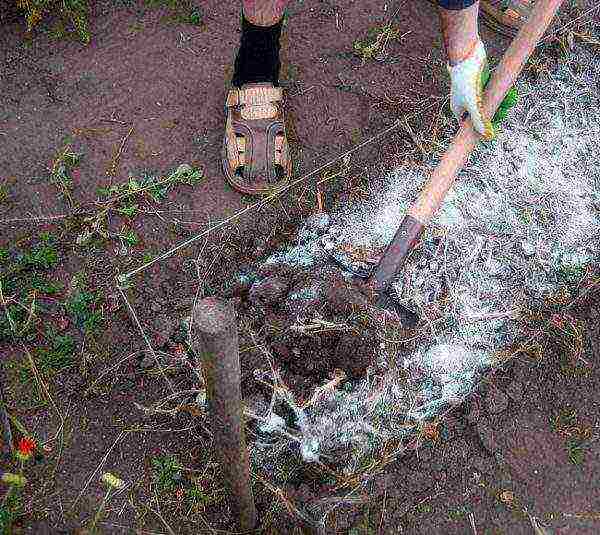
Dolomite flour use
Before buying this product, you need to pay attention to the degree of flour grinding.Practice shows that the smaller the fraction of the composition, the sooner the desired effect will come.
The best option would be limestone flour, the moisture content of which does not exceed 1.5%, and 2/3 of the composition of the grains vary in the size of 0.25 mm.
Concentration of the drug per 1 sq. m. of a vegetable garden for highly oxidized soil is 0.5-0.6 kg, for moderately acidic - 0.45-0.5 kg, and for slightly acidic - 0.35-0.4 kg. This information must be indicated on the packaging of dolomite flour by the manufacturer.
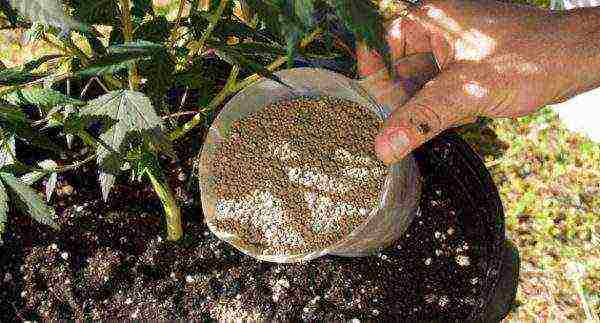
Folk remedy wood ash
Wood ash is a great way to reduce soil acidity. But in this case, there is no replenishment of the lack of calcium in the soil, which is badly needed by certain crops. This is especially true of the nightshade family.
Lack of calcium leads to the emergence of apical rot, which soon spreads, affects tomatoes and peppers. That is why experts advise using ash exclusively in combination with other formulations or preparations.
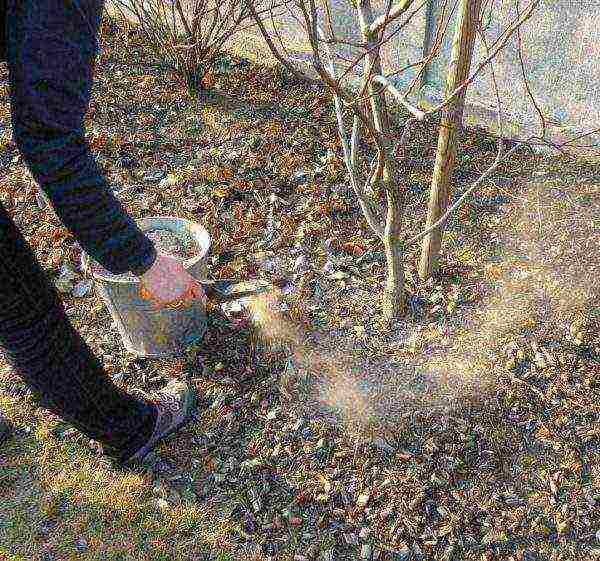
When, last year, there was already a struggle with excess acidity, and this indicator is uneven on the site, ash is perfect. It can be used for repeated deoxidation. In this case, there is 0.2 kg of ash per liter of water. This solution should be enough to process 1 sq. m of land.
Chalk as a deoxidizing agent in the country
Crushed chalk refers to a calcium-containing composition that allows you to remove the acidity of the soil. It is important to note that the grains should not be more than one millimeter in diameter. Otherwise, the effect of liming will have to wait a long time.
For especially acidic soils per 1 sq. m it is recommended to use about 0.3 kg of chalk, for moderately acidic - 0.2 kg, for slightly acidic - 0.1 kg.
After the chalk is evenly distributed over the site, it is dug up, so the disintegrating substance will change the composition of the soil.
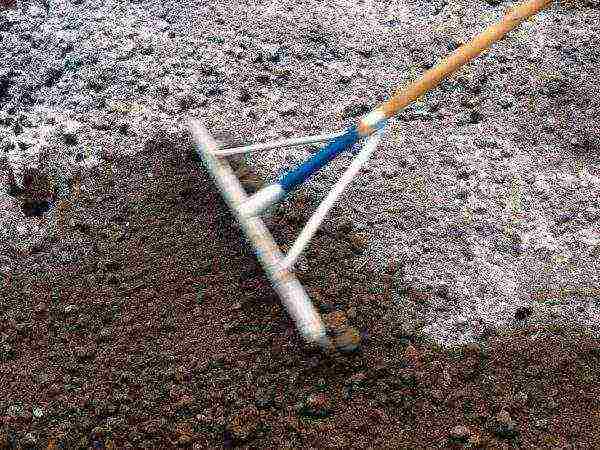
The use of green manure for deoxidation
On store shelves, you can find specialized preparations that allow you to deoxidize the soil and at the same time fertilize it. Since they contain calcium, magnesium, phosphorus, boron, zinc, copper, manganese and other useful trace elements.
It is recommended to use the preparations in late autumn or spring before digging, placing the materials at a depth of 0.2 m. The reaction of the soil will become neutral in just a couple of years. Moreover, after the distribution of green manure, it is better to water the land plot.
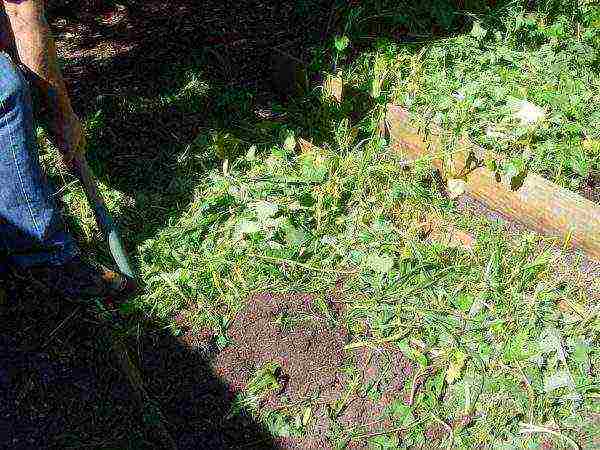
Does the soil always need to reduce acidity
It is not always necessary to deoxidize the soil. First of all, this is when the pH level is within the normal range. And secondly, when the cultivated plants planted on the site (for example, sorrel) prefer increased acidity. Ornamental crops include rhododendrons, hydrangeas, ferns, cinquefoil, heathers, lupines, rhubarb and even wild mint. As for most vegetables, they prefer slightly acidic and neutral soil, rich in useful trace elements.
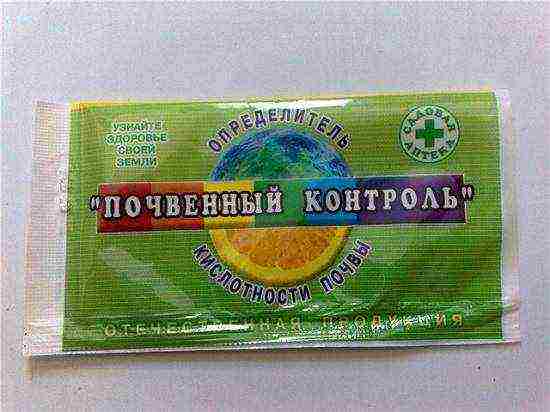
However, all good things should be in moderation and the use of a large amount of lime fertilizers can lead to an excess of calcium in the soil.As a result, the growth of roots becomes difficult, especially when the root system of the plant is already weak. Plus, even abundant watering and rains will not wash off the calcium.
And then the desire to improve the soil will only lead to the emergence of new problems. This means that it is not worthwhile to greatly deoxidize the soil every year, you need to constantly check the pH level and only when necessary, liming.
In the process of soil deoxidation, several of the above methods and means can be used simultaneously, and they can even be grouped. It all depends on your wishes and the availability of available tools and materials. Difficulties, in principle, should not arise. The main thing is not to overdo it with the concentration of lime in the garden. Since their excess will adversely affect the cultivated plants that will grow there.
